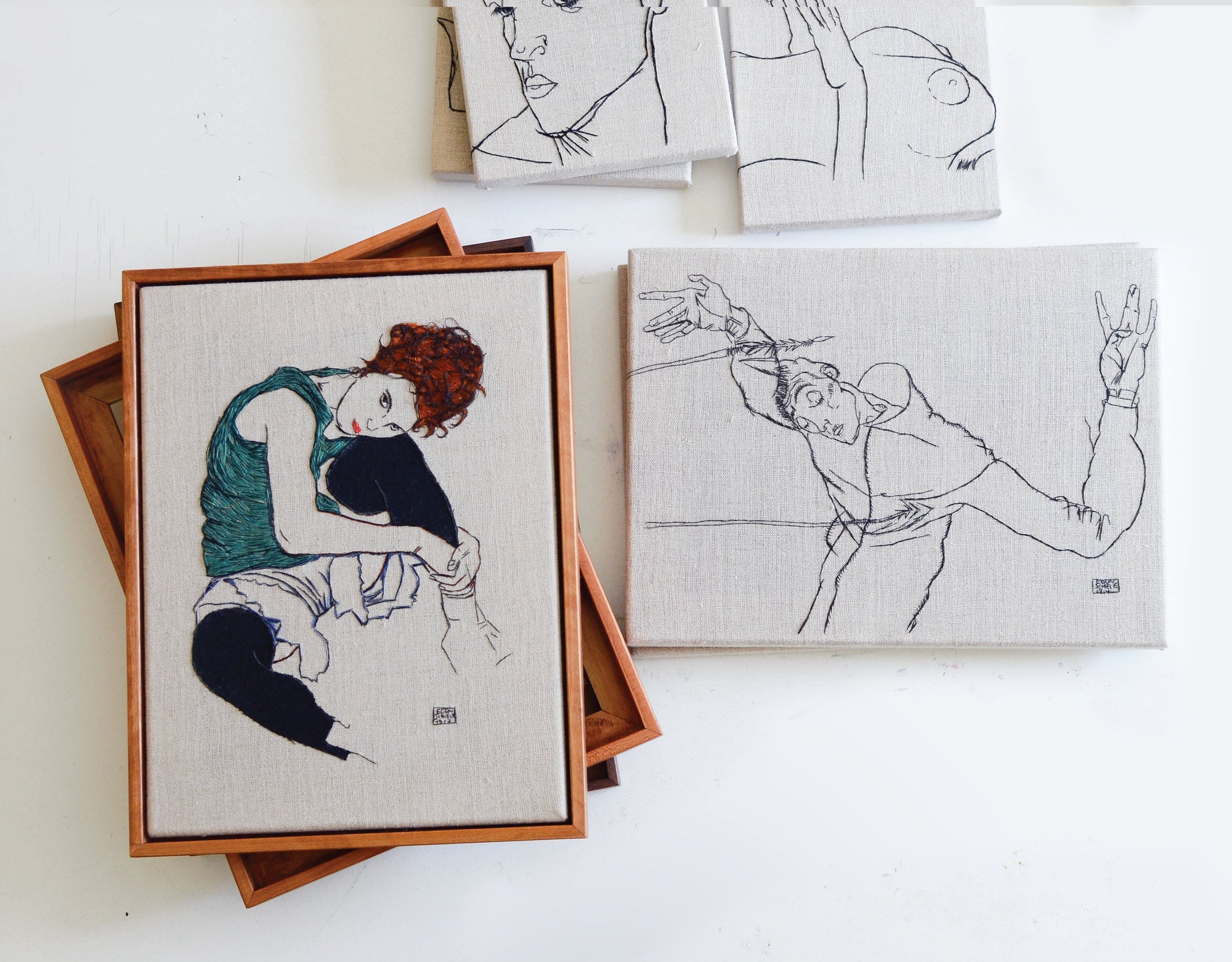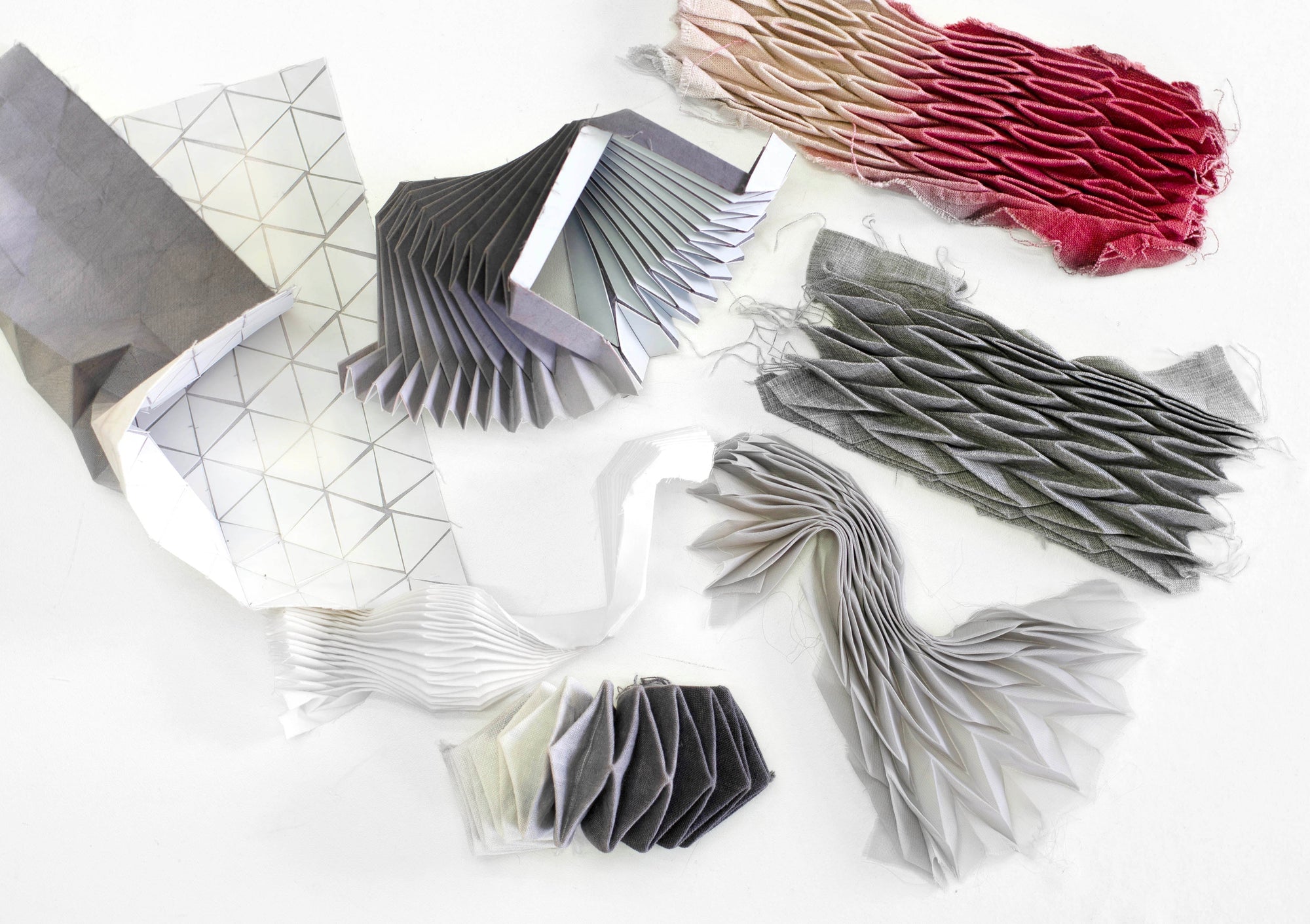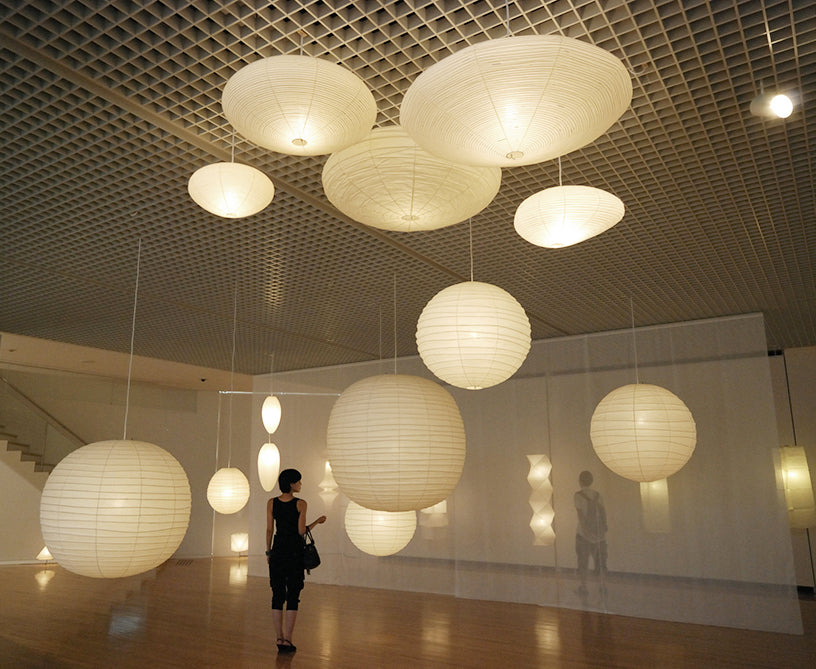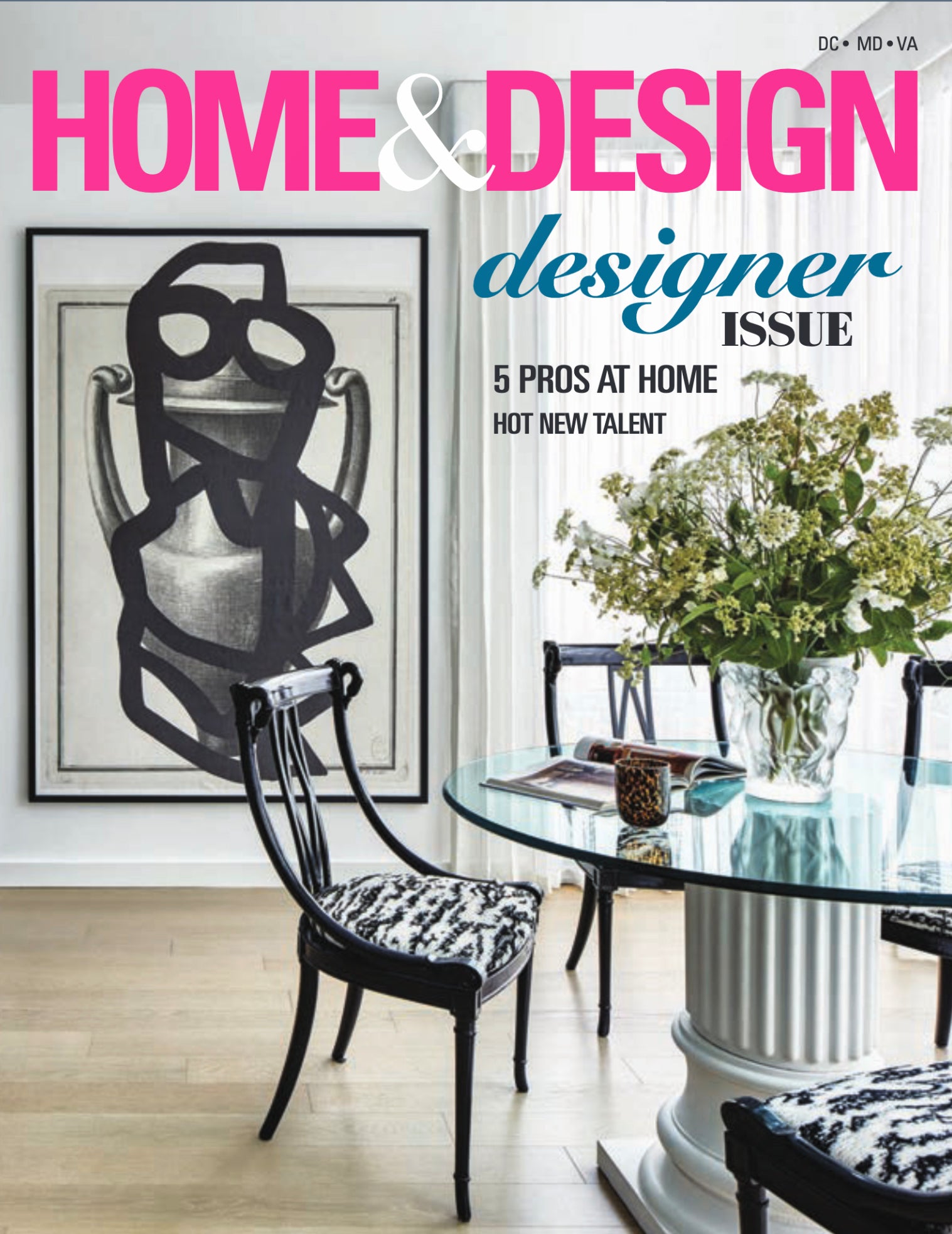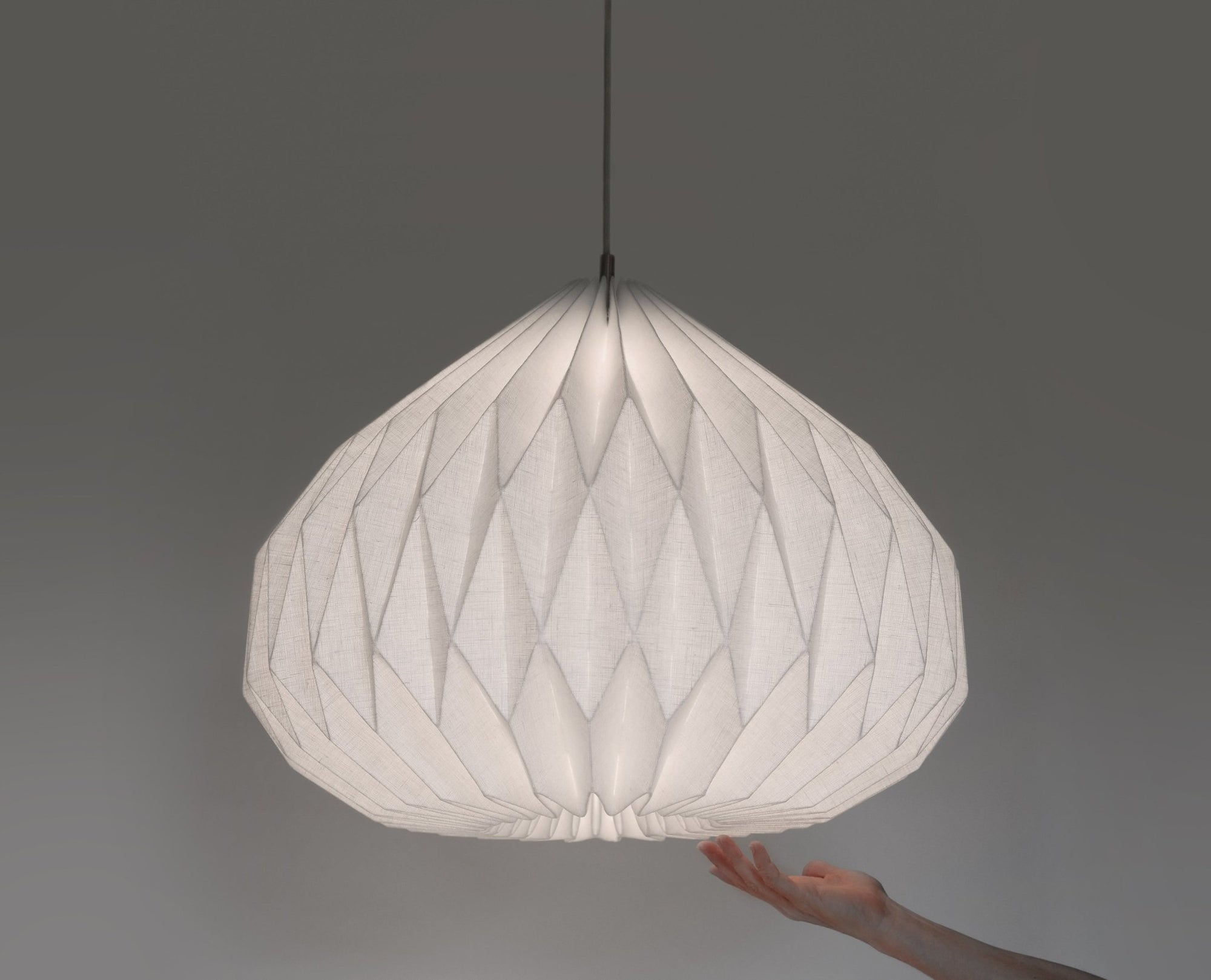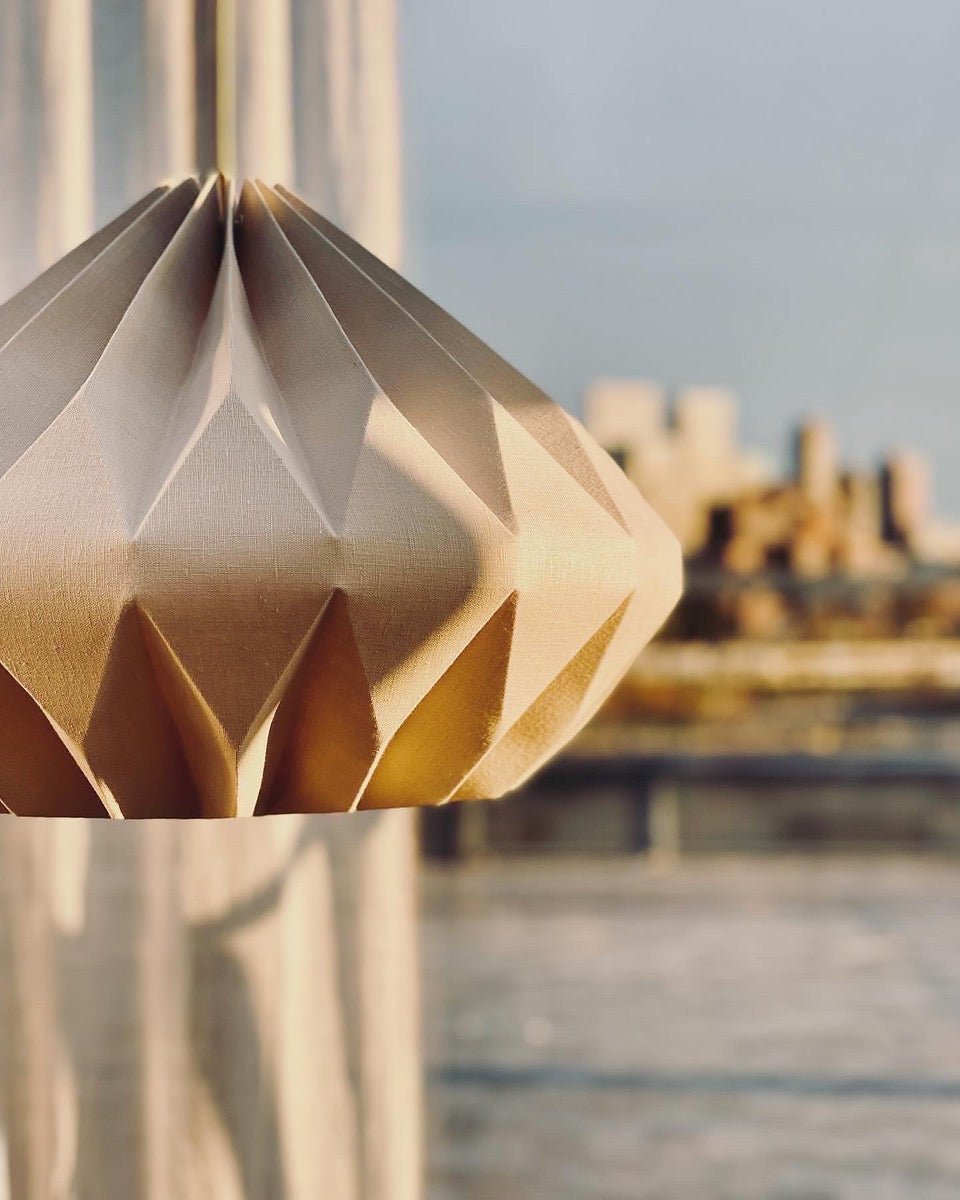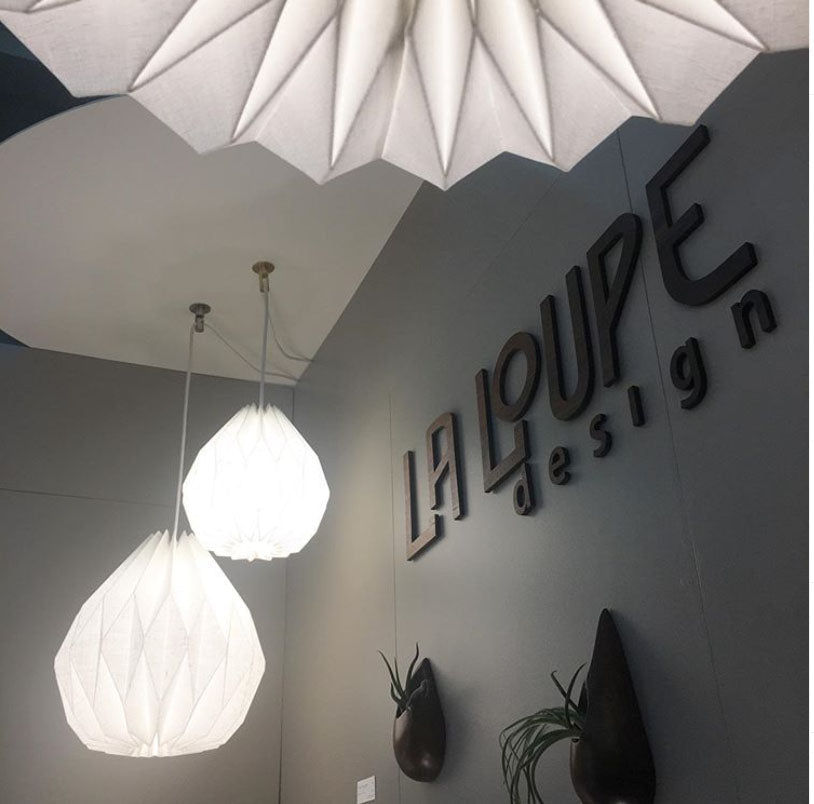I have always been interested in geometry, but it wasn't until a couple of years ago that I truly delved into exploring the geometric patterns found in our Ori Collection.
In 2017, I had the honor of being invited by the Baltimore Museum of Art to conduct a workshop in relation to the exhibition "From Digital to Damask" by the talented fiber artist, Annet Couwenberg. To witness her incredible work, I encourage you to visit her website at: www.annetcouwenberg.com
What captivated me the most when I saw her artwork were her pleated textile sculptures. The intricate and elegant geometry of these organic sculptures, along with the remarkable transformation of a flat surface into a repetitive and beautiful structure, left me in awe. It was a truly remarkable connection between art, patterns, and nature.
So I designed the workshop around this concept of creating form and volume by folding a flat surface.

"Folding Techniques For Designers: From Sheet To Form" by Paul Jackson served as my guiding light in this exploration. It's a book that I will always recommend to anyone interested in working with this design tool.
I folded numerous pieces of paper until I grasped the various geometric patterns that can be designed, as well as the relationships between lines, angles, and dimensions. It was fascinating to observe how the flat pattern behaved in a new and different manner when folded, transforming the material into a three-dimensional object.


The workshop provided a wonderful experience and allowed me to further explore folding techniques. Initially, I worked with paper and then applied its properties to fabric. Paper has a unique memory - once folded, the mark remains. However, fabric behaves in a distinct manner. Through experimentation with various textiles and processes, I discovered the perfect balance between fabric's flexibility and paper's firmness. This enabled me to design a new collection of pendant lamps.
What I love about this family of lamps is that it is always growing. Modifying the lines and angles of the geometric pattern changes the final form, creating new possibilities to add a fresh piece to the collection.
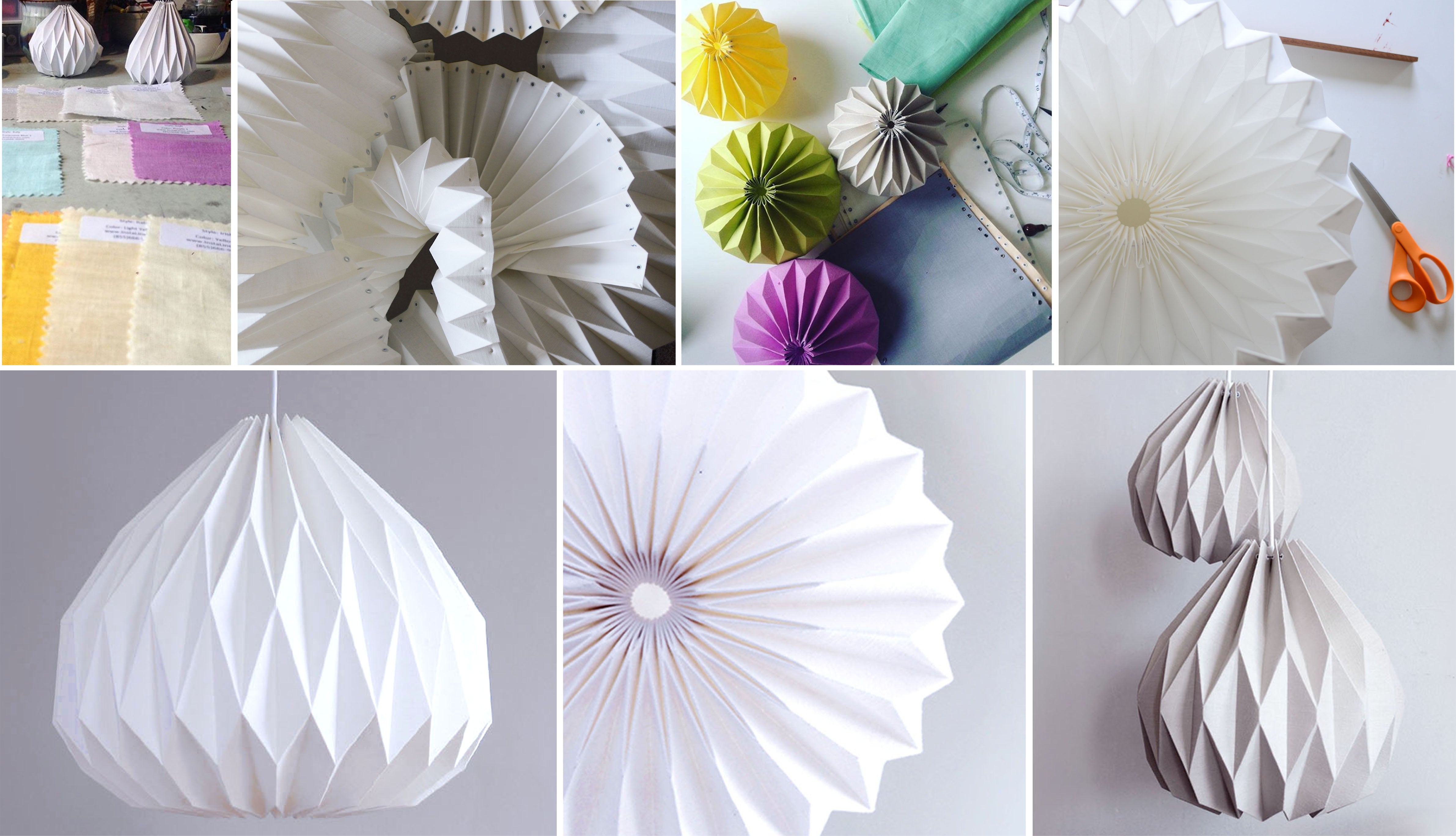
While exploring folding techniques and geometric patterns, I also discovered the concept of "organic geometry." Geometric forms can grow and develop based on principles of symmetry and proportion, allowing us to create various shapes without the need for measurement tools. Through geometry, we can express structure, proportion, symmetry, harmony, and rhythm, and find the same beauty and wisdom observed in nature's growth and patterns. One example illustrating this is the construction of the 'golden section,' which showcases the captivating process of organic geometry.
 Image by Rafael Araujo - www.rafael-araujo.com
Image by Rafael Araujo - www.rafael-araujo.com


